I didn’t think it would be right to leave Germany without visiting a concentration camp. On my last day in Berlin, I boarded an hour-long train ride to go to Sachsenhausen. It is probably the most accessible concentration camp from Berlin and very easy to do on your own. You can take the S1 from Friedrichstrasse to Oranienburg, and from there, it is a 20-minute walk to the former camp. Upon exiting the train station, you can simply follow the signs through town. Similar to the past few days in Germany, it was a dreary and cold day and the weather set the tone before I even made my way past the concrete barrier that acted as an entry to Sachsenhausen.
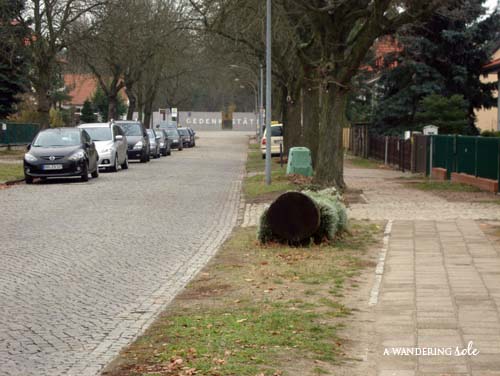
The visitor’s center staff was friendly, and I rented an audio tour for a couple of Euros. I was told the tour could take 2-3 hours, and it wasn’t hard to see why. However, I only lasted about 50 minutes because a.) it’s extremely depressing and b.) my hands were numb from the wind and cold.
Here is a very brief background on Sachsenhausen:
- It was built in 1936
- More than 200,000 people were imprisoned here by the Nazis
- Depending on which report you read, between 30,000 and 50,000 people died or were killed here
- Sachsenhausen became a model for other concentration camps and the administrative center for all German concentration camps
- Sachsenhausen was a work camp, not a death camp- it was initially home to political opponents, unlike Auschwitz which practiced racial genocide (later Sachsenhausen would also include ‘inferior’ groups such as Jews, homosexuals, and religious leaders).
To enter the camp, you must first walk along the outer wall. Here is where the audio tour gives you much of the background info. For quite sometime, you can’t see what is behind the wall, but it gives you the sense of space as you’re lead up to the gates and realize just how large of an area it is. The tour takes you past the barracks, the prison barracks, the infirmary, Station Z (which was where the gas chamber and a crematorium was located), and several memorials. Why was it called Station Z? Because Z is the last letter.. it’s the end. Most of the buildings are replicas of the originals.
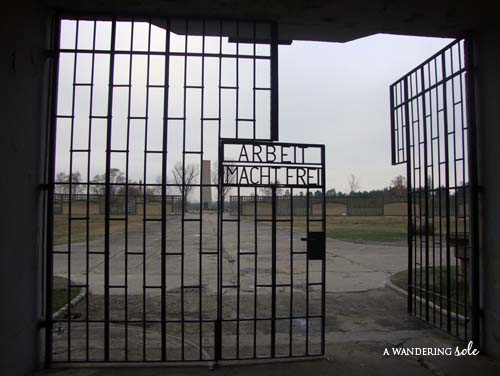
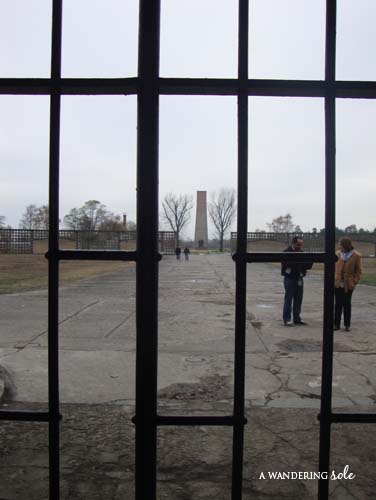
BARRACKS:
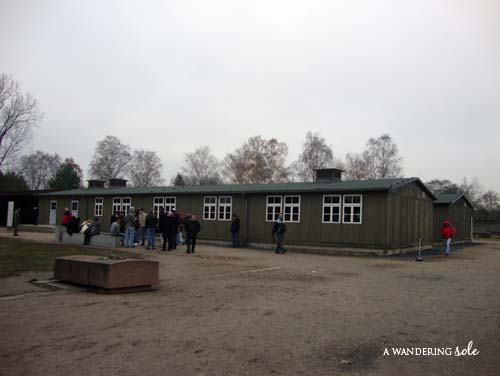
PRISON BARRACKS:
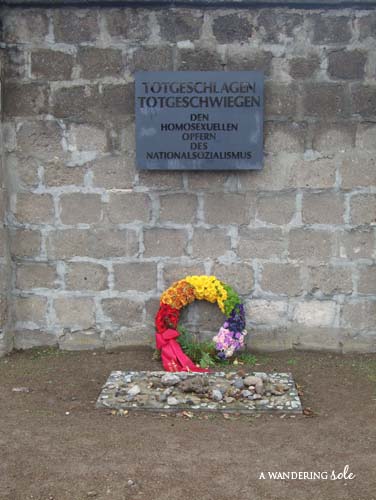
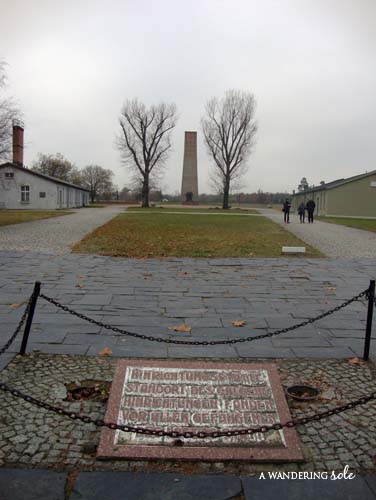
MEMORIAL:
STATION Z:

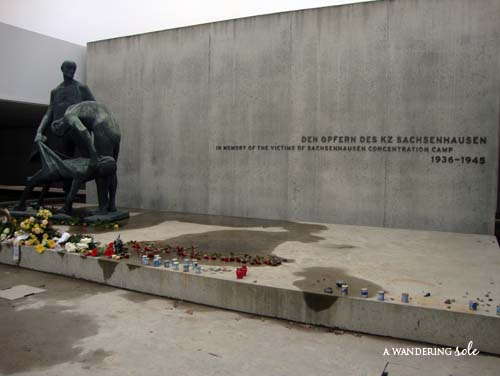
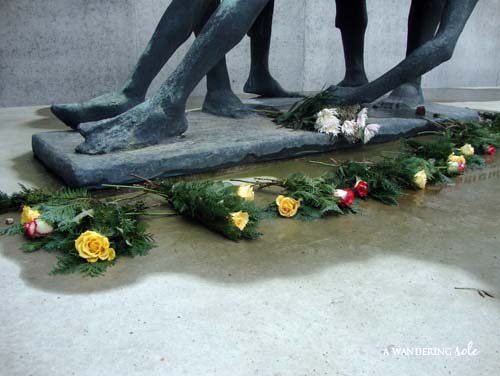
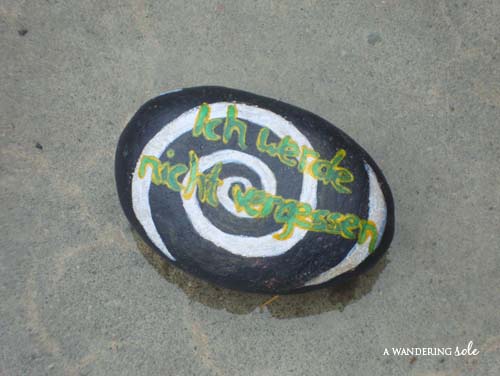
Visiting a concentration camp is not what many would deem as a tourist destination. However, as a tourist, I feel it is an educational obligation to visit sites such as these to make history on paper more of a reality. The camp experience and blustery weather left me in a melancholic mood. Since it is just outside of town, it’s literally set in the middle of a neighborhood. I walked past houses who saw the former concentration camp everyday. I imagine you grow accustomed to the site, but I think it’d be depressing to look out your window and see a former killing ground. I warmed up on the train back to Berlin, and while I’m glad I took the opportunity to visit Sachsenhausen, I was happy that it was behind me now. Like others, I will not forget.
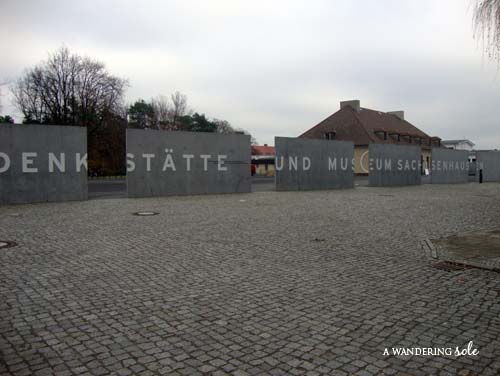
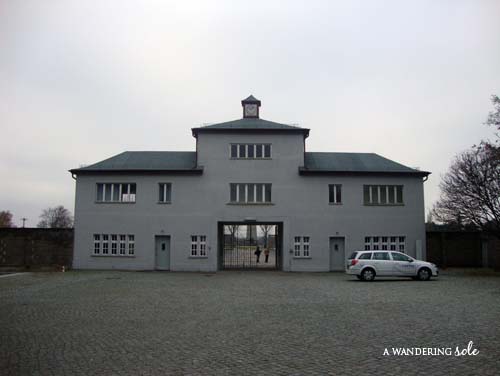
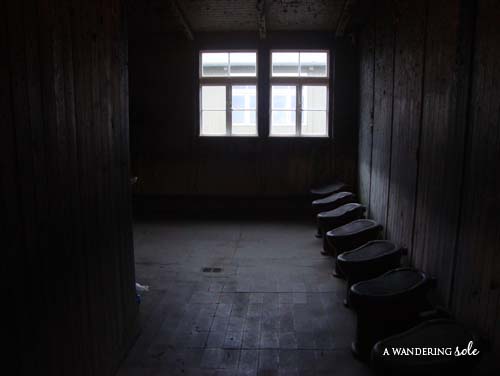
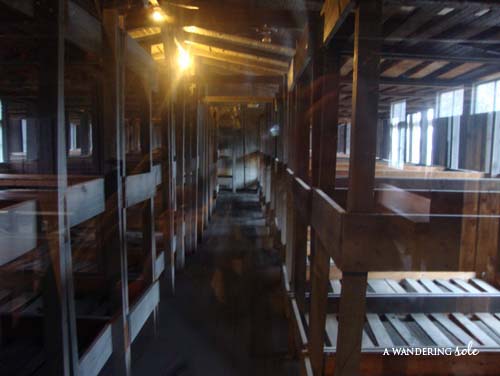
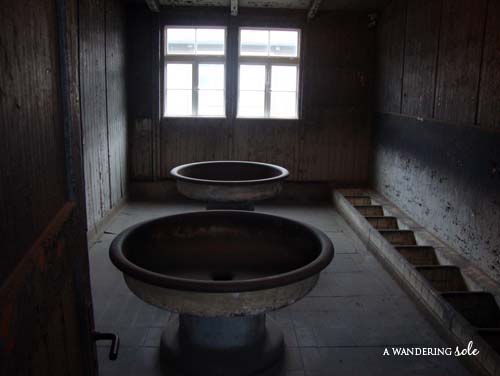
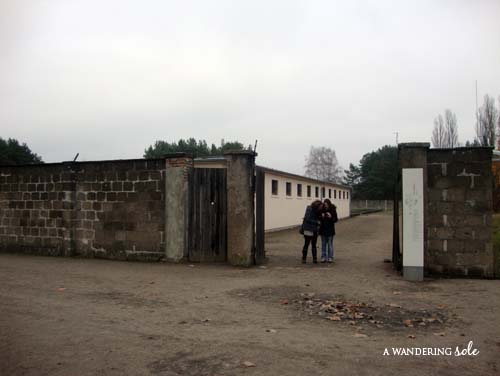
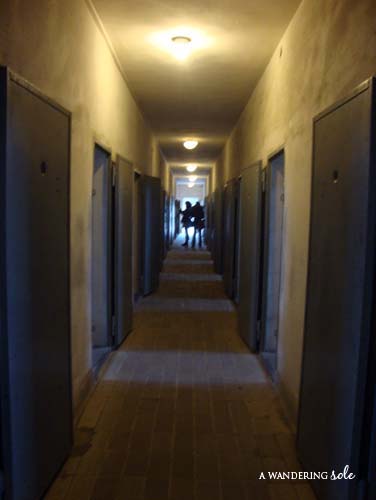
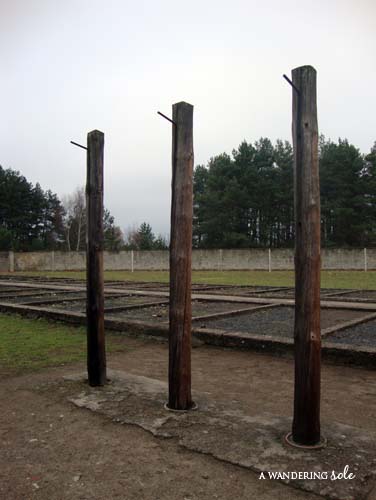
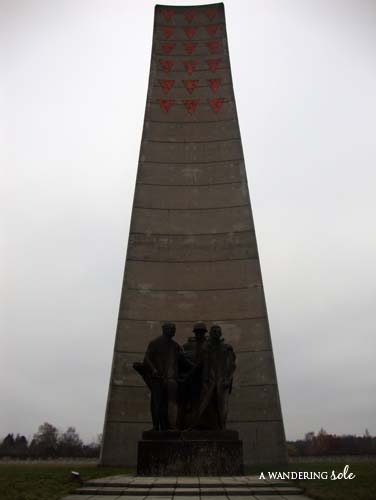
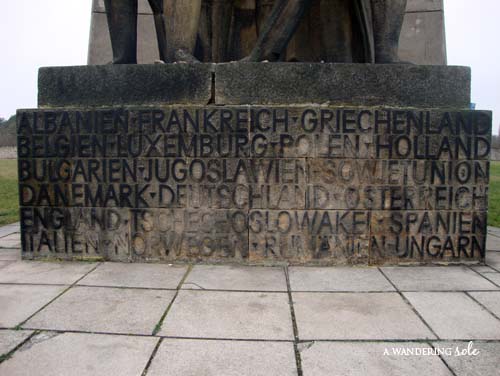
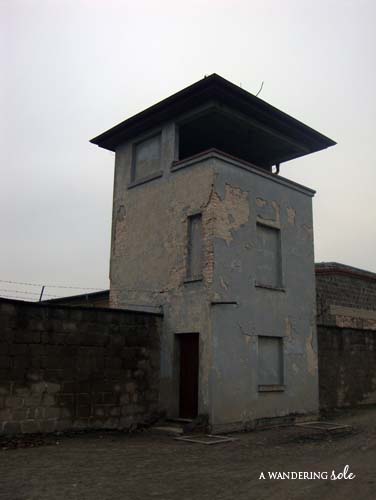
Very chilling photos and it does seem kind of depressing-I guess the weather doesn’t help either.
I can see why you only lasted 50 minutes. It reminds me a lot of the S21 Prison we went to visit in Phnom Phen in Cambodia. The prison rooms were so small and there was still dried blood on the walls….so very, very sad.
I skipped the killing fields in Phnom Penh, as I had visited memorials all over Rwanda, and though I don’t think in this situation you can use the term “Same same…” I didn’t want to go through it again. I can’t imagine seeing the blood on the walls. In Rwanda, there’s still a church with the bodies left in their places. (And no, I definitely did not go to that one.)
Very powerful photographs. We plan on spending quite a bit of time in Germany and plan on visiting a concentration camp. I am expecting that it will be a very emotional experience.
Pete,
It’s a good idea for a one time thing. Beside the obvious of what we know about concentration camps, the audio tours provide a lot of information and stories about the place.
Agreed. Concentration camps are extremely interesting from a historical viewpoint but should be visited so we can learn and never repeat. I have visited Dachau a couple times and it is as somber a trip as yours. Thank you sharing!
It must be tough to have done it a couple of times. I agree that it does feel like a necessary visit from a historical viewpoint though. I think it’s part of what the travel experience is about.
You are so brave! I do think it’s so, so important to remember for so many reasons. But it’s one thing to read about it and study it and vow to never repeat — but another to make a special trip and have the experience you did.
I couldn’t agree more Abby. It is important. I don’t know if I’d say it was brave though. I think I was the only one I saw there that was by myself, and I think it was easier to visit alone actually than with someone. I could go at my own pace and try to digest the information without feeling the need to discuss it. I visited the genocide memorial in Rwanda with another traveler and it was very difficult- I wanted to discuss it and she didn’t . But it was nice to reflect on it on my own.
Very new to me, We dont have such camps in India and I have never travelled elsewhere… From the photographs, it sure looks a very arousing and a touch experience…
Arti- Thanks for stopping by. It was definitely a touching experience and one I won’t forget.
I’ve been to several camps around Germany and Austria. It seemed like as a student traveling, every group thought it was important to visit one. I’ll agree, but after 4-5 I just don’t want to see them anymore. It is such a tragic thing that I can’t really take it. It IS important to have those tragic reminders to never forget, though.
Andrew- I definitely agree… which is why I didn’t visit killing fields in Phnom Penh after seeing memorials in Rwanda. It gets to be too much. But I definitely wanted to visit one concentration camp as I found it important.
It is difficult going to places like this. It is good to remember the people that died there and to remind us of what occurred and for it to never happen again. It must of been hard visitiing this site by yourself. I find it is better to go with someone so you and discuss and reflect on what you had seen and felt. Some powerful images you took.
Anthony- Definitely difficult. I think it just depends on preferences. I was actually happy to be alone in this situation.
Your photos are very representative of what the place represents, you did a good job capturing the mood.
I visited Dachau when I was in Munich, I figured that I couldn’t spend a whole weekend partying in a place and not see something that is such a huge part of history. I don’t feel like I got a chance to learn enough about what happened in Europe during WWII and even though it’s horribly sad, I feel like as a traveler I need to understand all aspects of the places that I see.
Though I must agree that I would have visited the camp i also would not have taken the entire 2-3 hours to view it. After awhile you will simply fall into being dispressed. Thanks for the photos and the info. But on vacation that might be a little difficult to swallow.
We saw Dachau while were in Germany and it was definitely one of the most memorable parts of our trip. It was sad and depressing, but there were also so many signs of enduring human spirit that it really made me really how resilient people are and how amazing it is that we can find hope in even the most tragic of tragedies.
I visited Sachsenhausen concentration camp in October 1998, the memories of this place will stay with me forever. The most horrible feelings went through my body during the tour, so frightening listening to he stories about what went on in this place. As much as I loved the experience of visiting here I can honestly say it would not be a place I would rush back to see as it was the most horrible feeling ever. If this is how it makes us feel, we can only imagine how the innocent people felt being there.